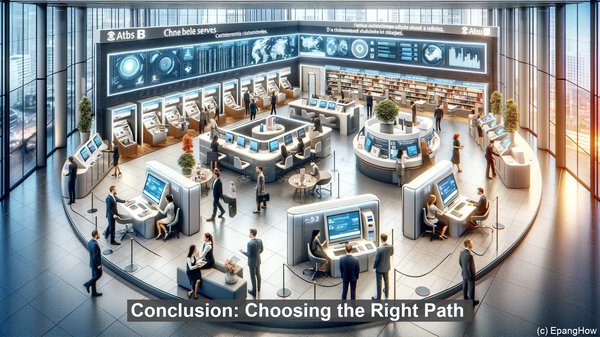Introduction: The World of Business Strategies
Hello, everyone! Welcome to another insightful article on business strategies. Today, we’re going to explore the fascinating realm of horizontal integration and vertical integration. These two approaches have been instrumental in shaping the business landscape, and understanding their differences is crucial for any aspiring entrepreneur or business enthusiast. So, let’s dive in!
Defining Horizontal Integration: Expanding Horizons
Horizontal integration refers to a strategy where a company expands its presence in the market by acquiring or merging with other companies operating at the same level of the supply chain. In simpler terms, it’s like a company joining forces with its competitors. The aim here is to increase market share, reduce competition, and achieve economies of scale. A classic example of horizontal integration is when two rival airlines merge to form a larger, more dominant entity.
Exploring Vertical Integration: The Complete Supply Chain
Vertical integration, on the other hand, involves a company taking control of multiple stages of the supply chain. This can include acquiring suppliers, distributors, or even retail outlets. By doing so, the company gains more control over its operations, reduces dependency on external entities, and can potentially achieve cost savings. A well-known example of vertical integration is when a car manufacturer also owns the steel mills that supply the raw materials for their vehicles.

Benefits of Horizontal Integration: Strength in Numbers
Horizontal integration offers several advantages. Firstly, it allows companies to tap into new markets quickly. Instead of starting from scratch, they can acquire an existing player and leverage their customer base and brand reputation. Secondly, it helps in reducing competition. By merging with or acquiring competitors, a company can create a more consolidated market, potentially leading to higher prices and profits. Lastly, horizontal integration often leads to economies of scale. With larger operations, companies can negotiate better deals with suppliers and achieve cost savings.
Advantages of Vertical Integration: Control and Efficiency
Vertical integration, too, has its share of benefits. One of the key advantages is control. By owning various stages of the supply chain, a company has more say in how things are done. This can be particularly crucial when it comes to quality control or ensuring timely delivery. Additionally, vertical integration can lead to cost savings. For example, a company that owns its distribution network can eliminate the need for intermediaries, reducing overall costs. Lastly, vertical integration can be a strategic move to secure essential resources. By acquiring suppliers, a company can ensure a steady supply of critical inputs.

Potential Drawbacks: The Flip Side
While both strategies have their merits, they also come with potential drawbacks. In the case of horizontal integration, one of the main challenges is integration itself. Merging two companies, especially if they have different cultures or systems, can be a complex and time-consuming process. Additionally, there’s always the risk of antitrust concerns. If a company becomes too dominant in the market, it may attract regulatory scrutiny. As for vertical integration, it can be a significant investment. Acquiring multiple entities along the supply chain requires substantial financial resources. Moreover, there’s the risk of overextending. If a company takes on too many operations, it may become difficult to manage effectively.
